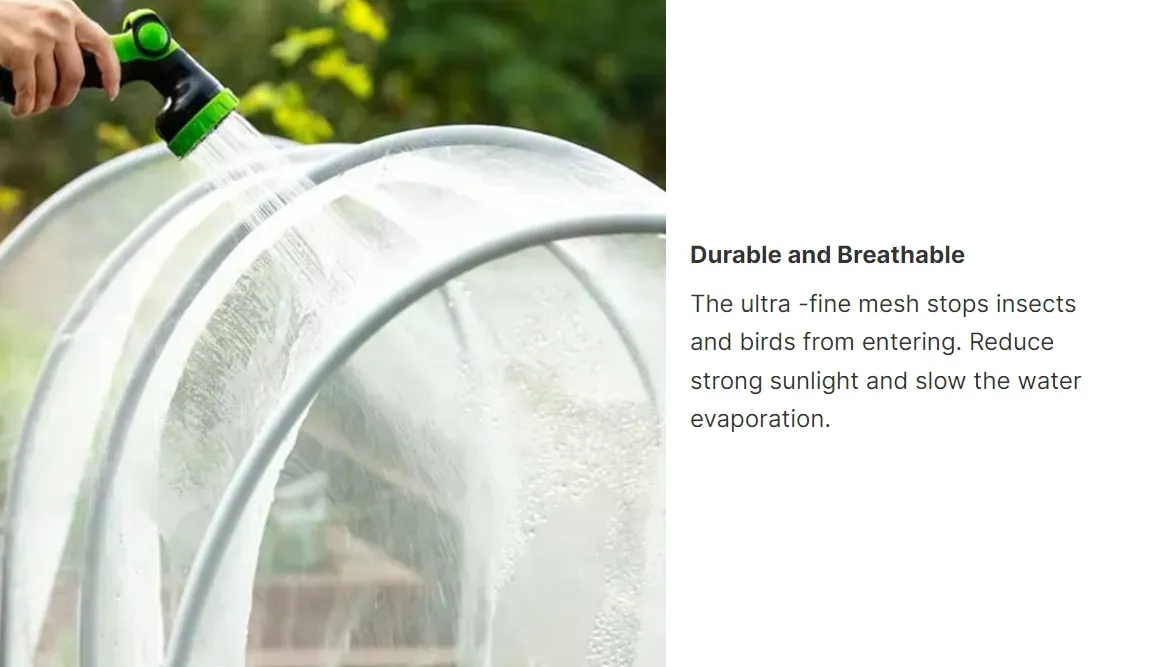-
 Afrikaans
Afrikaans -
 Albanian
Albanian -
 Amharic
Amharic -
 Arabic
Arabic -
 Armenian
Armenian -
 Azerbaijani
Azerbaijani -
 Basque
Basque -
 Belarusian
Belarusian -
 Bengali
Bengali -
 Bosnian
Bosnian -
 Bulgarian
Bulgarian -
 Catalan
Catalan -
 Cebuano
Cebuano -
 China
China -
 Corsican
Corsican -
 Croatian
Croatian -
 Czech
Czech -
 Danish
Danish -
 Dutch
Dutch -
 English
English -
 Esperanto
Esperanto -
 Estonian
Estonian -
 Finnish
Finnish -
 French
French -
 Frisian
Frisian -
 Galician
Galician -
 Georgian
Georgian -
 German
German -
 Greek
Greek -
 Gujarati
Gujarati -
 Haitian Creole
Haitian Creole -
 hausa
hausa -
 hawaiian
hawaiian -
 Hebrew
Hebrew -
 Hindi
Hindi -
 Miao
Miao -
 Hungarian
Hungarian -
 Icelandic
Icelandic -
 igbo
igbo -
 Indonesian
Indonesian -
 irish
irish -
 Italian
Italian -
 Japanese
Japanese -
 Javanese
Javanese -
 Kannada
Kannada -
 kazakh
kazakh -
 Khmer
Khmer -
 Rwandese
Rwandese -
 Korean
Korean -
 Kurdish
Kurdish -
 Kyrgyz
Kyrgyz -
 Lao
Lao -
 Latin
Latin -
 Latvian
Latvian -
 Lithuanian
Lithuanian -
 Luxembourgish
Luxembourgish -
 Macedonian
Macedonian -
 Malgashi
Malgashi -
 Malay
Malay -
 Malayalam
Malayalam -
 Maltese
Maltese -
 Maori
Maori -
 Marathi
Marathi -
 Mongolian
Mongolian -
 Myanmar
Myanmar -
 Nepali
Nepali -
 Norwegian
Norwegian -
 Norwegian
Norwegian -
 Occitan
Occitan -
 Pashto
Pashto -
 Persian
Persian -
 Polish
Polish -
 Portuguese
Portuguese -
 Punjabi
Punjabi -
 Romanian
Romanian -
 Russian
Russian -
 Samoan
Samoan -
 Scottish Gaelic
Scottish Gaelic -
 Serbian
Serbian -
 Sesotho
Sesotho -
 Shona
Shona -
 Sindhi
Sindhi -
 Sinhala
Sinhala -
 Slovak
Slovak -
 Slovenian
Slovenian -
 Somali
Somali -
 Spanish
Spanish -
 Sundanese
Sundanese -
 Swahili
Swahili -
 Swedish
Swedish -
 Tagalog
Tagalog -
 Tajik
Tajik -
 Tamil
Tamil -
 Tatar
Tatar -
 Telugu
Telugu -
 Thai
Thai -
 Turkish
Turkish -
 Turkmen
Turkmen -
 Ukrainian
Ukrainian -
 Urdu
Urdu -
 Uighur
Uighur -
 Uzbek
Uzbek -
 Vietnamese
Vietnamese -
 Welsh
Welsh -
 Bantu
Bantu -
 Yiddish
Yiddish -
 Yoruba
Yoruba -
 Zulu
Zulu
Choosing the Right Bird Aviary Netting for Your Outdoor Space
The Importance of Bird Aviary Netting in Wildlife Conservation
Bird aviary netting plays a crucial role in the field of wildlife conservation and is an essential tool for aviculture enthusiasts, researchers, and conservationists alike. This specialized form of netting provides a safe and secure environment for birds in an aviary while also facilitating their natural behaviors. In this article, we will explore the various benefits and considerations of using bird aviary netting, its applications, and its significance in protecting bird populations.
Understanding Bird Aviary Netting
Bird aviary netting is typically made from lightweight, durable materials such as nylon or polyethylene. This netting is designed to be strong enough to withstand harsh weather conditions while being fine enough to prevent smaller birds from escaping. The mesh size can vary depending on the species being housed; smaller birds require a finer mesh to prevent escape, while larger birds may need a more robust netting solution.
Benefits of Bird Aviary Netting
1. Safety and Security One of the primary purposes of bird aviary netting is to keep birds safe. It prevents predators such as cats and hawks from accessing the birds while keeping the aviaries secure. Additionally, the netting protects the birds from potential escape, thus minimizing the risks associated with reintroducing domesticated birds into the wild.
2. Natural Environment Simulation Aviary netting allows for the creation of an environment that mimics natural habitats. This enhances the well-being of the birds, as they can fly, forage, and interact with others in a more natural setting. The netting permits ample sunlight and air circulation, which are crucial for the health of the birds.
bird aviary netting

3. Facilitating Breeding Programs Many conservationists use netting in breeding programs aimed at re-establishing endangered species’ populations. These controlled environments allow researchers to monitor breeding behaviors and raise chicks in conditions that mimic their natural habitats, enhancing the likelihood of successful releases back into the wild.
4. Public Engagement and Education Well-designed aviaries can serve as important educational tools. They allow the public to observe birds up close and learn about their behaviors, diets, and habitats. This engagement fosters a deeper appreciation for wildlife and raises awareness about conservation issues.
Key Considerations
When installing bird aviary netting, several factors must be taken into account. Firstly, it is essential to choose the appropriate mesh size and material based on the bird species housed within the aviary. Furthermore, the netting should be installed securely and maintained regularly to ensure its integrity. Evaluating the overall design of the aviary is also critical; it should provide sufficient space for flight and social interaction while arranging perches, plants, and water sources thoughtfully.
Conclusion
Bird aviary netting is invaluable in the realm of wildlife conservation and aviculture. By ensuring the safety of birds, facilitating natural behaviors, supporting breeding programs, and promoting public education, aviary netting plays a multifaceted role in protecting avian species. As we continue to face the challenges of habitat loss and declining bird populations, incorporating effective netting solutions into conservation strategies will be paramount. With commitment and effort, we can ensure that future generations will continue to appreciate and cherish the beauty and diversity of birdlife.
-
Shipping Plastic Bags for Every NeedNewsJul.24,2025
-
Safety Netting: Your Shield in ConstructionNewsJul.24,2025
-
Plastic Mesh Netting for Everyday UseNewsJul.24,2025
-
Nylon Netting for Every UseNewsJul.24,2025
-
Mesh Breeder Box for Fish TanksNewsJul.24,2025
-
Expanded Steel Mesh Offers Durable VersatilityNewsJul.24,2025











